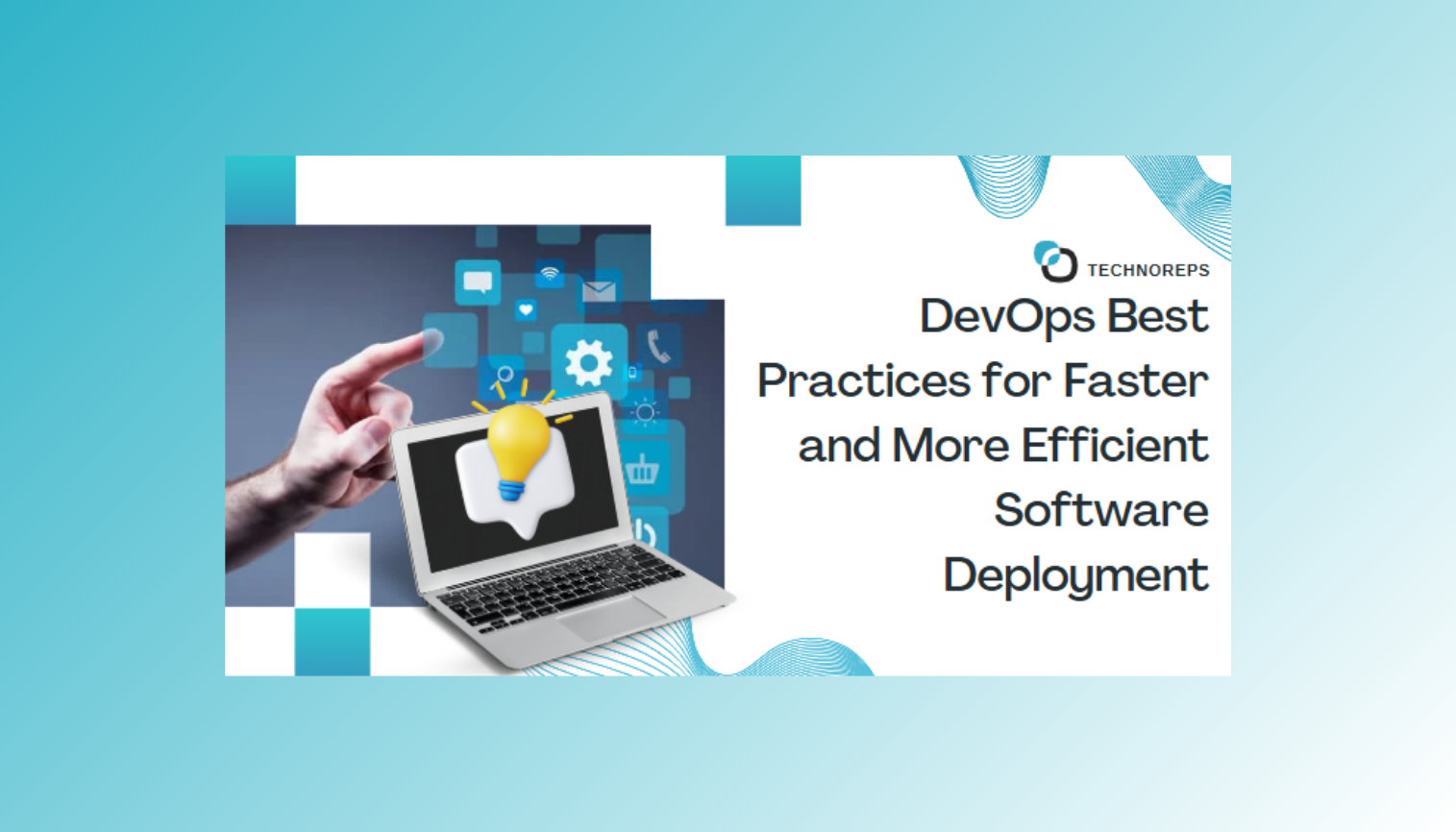In today’s digital-first world, DevOps has revolutionized how software is built, tested, and deployed. By implementing DevOps best practices, companies can achieve faster releases, fewer bugs, and greater efficiency. In this blog, we’ll explore essential DevOps strategies to optimize your software deployment process.
What is DevOps?
DevOps is a collaborative approach that integrates software development (Dev) and IT operations (Ops) to accelerate software delivery. It focuses on automation, continuous integration, and continuous deployment (CI/CD) to enhance agility and reliability.
1. Implement Continuous Integration and Continuous Deployment (CI/CD)
CI/CD is the foundation of DevOps, allowing developers to automate testing and deployment to avoid human errors. With Jenkins, GitLab CI/CD, and CircleCI, teams can automatically test and deploy code, leading to faster rollouts and improved quality.
Benefits of CI/CD:
Faster time-to-market
Early bug detection
Reduced manual intervention
2. Adopt Infrastructure as Code (IaC)
Infrastructure as Code enables IT teams to manage infrastructure using code instead of manual processes. Tools like Terraform and Ansible allow you to provision servers, databases, and networks with version-controlled, automated scripts.
Why IaC is Essential:
Ensures consistency and scalability
Reduces manual errors and misconfigurations
Enhances disaster recovery capabilities
3. Use Containerization and Orchestration
Containers allow software to run consistently across different environments, reducing dependency-related issues. Docker is a leading containerization tool, while Kubernetes orchestrates and manages containerized applications at scale.
Advantages of Containers:
Increased portability and flexibility
Efficient resource utilization
Seamless scalability
4. Monitor Performance and Log Everything
To maintain system reliability and uptime, businesses must invest in robust monitoring and logging solutions. Popular tools include:
Prometheus – Open-source monitoring and alerting
Grafana – Visual analytics for monitoring
ELK Stack – Centralized logging and search capabilities
Key Monitoring Metrics:
Server uptime
Error rates
Application response time
5. Automate Security in DevOps (DevSecOps)
Security should not be an afterthought in DevOps. DevSecOps integrates security into the development pipeline from the start. Tools like SonarQube (Static Application Security Testing – SAST) and OWASP ZAP (Dynamic Application Security Testing – DAST) detect vulnerabilities early.
Security Best Practices:
Implement role-based access controls (RBAC)
Use Multi-Factor Authentication (MFA) for CI/CD access
Regularly conduct penetration testing
6. Optimize Cloud Infrastructure
The cloud enables organizations to scale on-demand while reducing infrastructure costs. Cloud platforms like AWS, Microsoft Azure, and Google Cloud provide solutions for DevOps automation and deployment.
Key Cloud Optimization Strategies:
Use auto-scaling to optimize costs
Implement serverless computing with AWS Lambda or Azure Functions
Set up cost-monitoring tools to manage expenses
7. Encourage a DevOps Culture
DevOps is not just about tools—it’s also about people and processes. Building a DevOps culture involves:
Encouraging collaboration between developers and operations teams
Promoting automation-first thinking
Training teams on CI/CD best practices
8. Leverage AI and Machine Learning in DevOps
Artificial Intelligence (AI) and Machine Learning (ML) enhance predictive analytics, anomaly detection, and automated testing in DevOps workflows. AI-powered tools like Harness optimize CI/CD pipelines for increased efficiency.
Benefits of AI in DevOps:
Automated troubleshooting
Optimized infrastructure scaling
Faster bug detection and resolution
Conclusion
By implementing these DevOps best practices, businesses can achieve faster software deployment, improved system reliability, and enhanced security. Whether it’s CI/CD automation, containerization, security integration, or cloud optimization, DevOps is the key to scalable and efficient software development.






